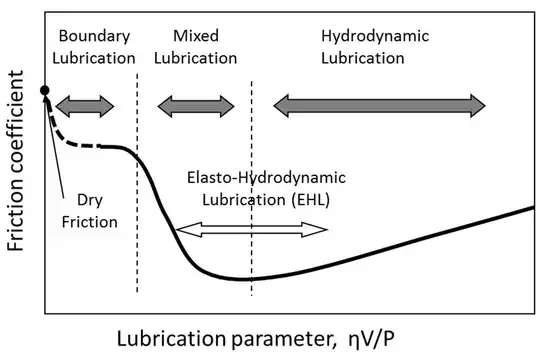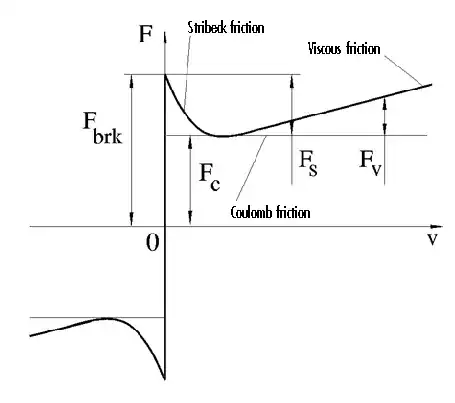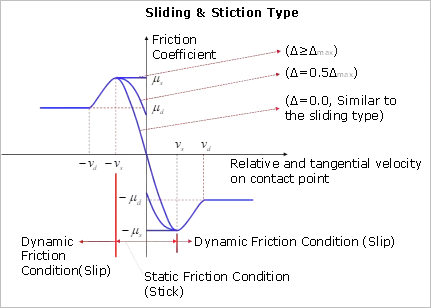All of the models are empirical derived after careful and messy testing. There isn't (yet) a good theoretical basis for friction as far as I know.
The best data we have is from the Stribeck Curve which examines friction as a function of speed for partially lubricated surfaces. Some curves also include non-lubricated contact.
The curve typically looks like this

Source: https://www.intechopen.com/books/ionic-liquids-new-aspects-for-the-future/tribological-properties-of-ionic-liquids
As you see there is a drop in friction from static to small sliding while still in boundary lubrication. Just focus on the left side of the curve, as the cases with lots of lubricant captured under the contact are on the right side.
Numerically there are different parametrization of the curve done by different software. As you can see below in the examples, the models vary drastically near the speed=0 domain.
MATLAB

Source: https://www.mathworks.com/help/physmod/simscape/ref/translationalfriction.html
RECURDYN

Source: https://functionbay.com/documentation/onlinehelp/default.htm#!Documents/friction.htm
So it is up to you to develop a model for friction that can transition from slipping to stiction and back, and possibly tune it with some testing for the specific materials and conditions you are dealing with.


